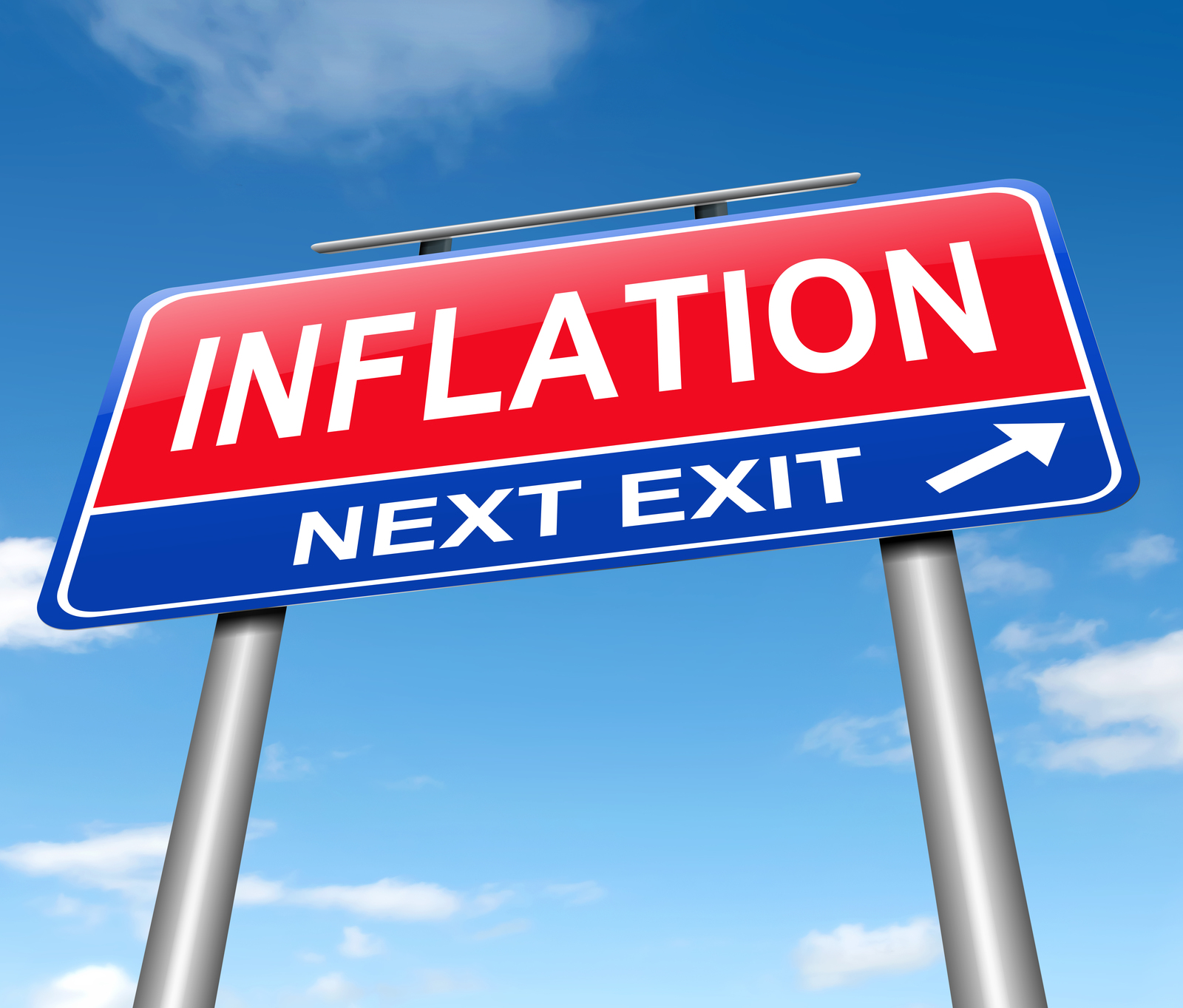Price Perception: Americans Feel Inflation Is Almost 3X the Reality, Reveals Study.
- Americans polled said they think inflation feels like 7.3%.
- Perceptions of inflation vary across the country.
- Infographic included.
Why does everything seem so expensive these days? From gas to groceries to plane tickets, prices seem to keep climbing – even though recent data shows that inflation has actually eased significantly over the past year – dropping to around 2.5% from the post-COVID peak of 9.1% in 2022. Yet it just doesn’t feel that way, and many of us consumers still feel as though prices for everything remain stubbornly high, regardless of the data.
To better understand this gap between perception and reality, CardRates recently surveyed 3,000 respondents to ask them the following:
What does the current rate of inflation feel like to you?
It’s an important question because inflation directly impacts peoples’ purchasing power and financial decision-making on a day-to-day basis. As it turns out, Americans, on average, think that the current rate of inflation feels like 7.3%. This, of course, is almost 3X more than what it really is, but there are some Americans who perceive it to be even higher. When the results were broken down by state, it is Mainers who feel that the rate of inflation is at its highest- a staggering 8.6%. With utility bills, grocery costs, eating out, and entertainment all having shot up in price over the past couple of years, it’s no wonder they perceive prices to be so high. On the flip side, Kansans perceive a lower inflation rate – at 5.5% – although this is still significantly higher than the official rate.
CardRates also made some additional findings, including asking respondents how often people think about inflation when making financial decisions. Nearly half – 42% – said ‘all the time,’ while 34% said ‘frequently’; on average respondents said they think about it 12 times a month. A lucky 4% are either in denial or genuinely not worried at all, saying they ‘never’ think about the rise in prices. And when it came to whether the average American expects inflation to increase, decrease, or remain stable over the next year, a pessimistic 64% said they expect it to increase. A quarter – 24% – believe it will hold stable, while only 12% of survey takers said they believe it will decrease.
CardRates.com also asked what people would cut back on first if inflation increased significantly; for over a third (38%), dining out and entertainment would be the first thing to go, with people making do with cooking at home and staying in and watching TV. Nearly a third (30%) would cut back on travel and vacations, preferring to stay at home, or in their home state, rather than voyaging farther afield for a break. Subscription services would be cut back by 16% — no more gym or Netflix – while another 16% of respondents said they would also cut back on retail shopping.
The biggest, unexpected expenses that hit Americans this year were higher-than-expected grocery or utility costs (38%), car repairs or maintenance (36%), home repairs or rent increases (20%), and, finally, medical bills (6%).
There is hope, however, as nearly half of respondents (48%) claim they are either very confident or confident that their personal financial situation will improve in 2025, with nearly a third (28%) feeling neutral. Only 8% are very pessimistic.
Click here to see the infographic
“Our survey reveals that while inflation may have eased on paper, consumers are still feeling the pinch in their day-to-day lives,” says Jon McDonald of CardRates.com. “This perception gap between actual inflation and what Americans feel is driving significant changes in spending habits, as people prioritize essentials and look for ways to cut back on discretionary expenses. It’s a reminder that while economic data is important, understanding consumer sentiment is crucial to painting the full picture of financial well-being.”
Methodology
We surveyed 3,000 people selected from a geographically diverse, double opt-in online panel. We then refined this selection process to align with the specific criteria necessary for each distinct survey. To ensure accuracy, we craft our questions to thoroughly screen and verify respondents, matching them precisely with the survey’s target audience.
Our data collection process integrates a range of quality control methods. Beyond standard practices such as digital fingerprinting, bot detection, geo-verification, and monitoring response speed, each response is carefully reviewed by a dedicated team member for quality and contextual accuracy. We also pay close attention to open-ended responses, examining them for relevance and originality, and screen for any nonsensical or potentially plagiarized content.










